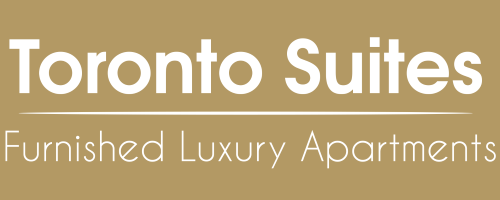The economic and cultural focus of English-speaking Canada, Toronto is the country's largest metropolis. It sprawls along the northern shore of Lake Ontario, its vibrant, appealing centre encased by a jangle of satellite townships and industrial zones that cover - as "Greater Toronto" - no less than 100 square kilometres. For decades, Toronto was saddled with unflattering sobriquets - "Toronto the Good", "Hogtown" - that reflected a perhaps deserved reputation for complacent mediocrity and greed. Spurred into years of image-building, the city's postwar administrations have lavished millions of dollars on glitzy architecture, slick museums, an excellent public-transport system, and the reclamation and development of the lakefront. As a result, Toronto has become one of North America's most likeable cities, an eminently liveable place whose citizens keep a wary eye on both their politicians and the developers.
Huge new shopping malls and skyrise office blocks reflect the economic successes of the last two or three decades, a boom that has attracted immigrants from all over the world, transforming an overwhelmingly anglophone city into a cosmopolitan one of some sixty significant minorities. Furthermore, the city's multiculturalism goes far deeper than an extravagant diversity of restaurants and sporadic pockets of multilingual street signs. Toronto's schools, for example, have extensive "Heritage Language Programmes", which encourage the maintenance of the immigrants' first cultures.
Getting the feel of Toronto's diversity is one of the city's great pleasures, but there are attention-grabbing sights here as well. Most are conveniently clustered in the city centre, and the most celebrated of them all is the CN Tower , the world's tallest free-standing structure. Next door lies the modern hump of the SkyDome sports stadium. The city's other prestige attractions are led by the Art Gallery of Ontario , which possesses a first-rate selection of Canadian painting, and the Royal Ontario Museum , where pride of place goes to the Chinese collection. But it's the pick of Toronto's smaller, less-visited galleries and period homes that really add to the city's charm. There are superb Canadian paintings at the Thomson Gallery and a fascinating range of footwear at the Bata Shoe Museum . The Toronto Dominion Bank boasts the eclectic Gallery of Inuit Art , and the mock-Gothic extravagances of Casa Loma , the Victorian gentility of Spadina House and the replica of Fort York , the colonial settlement where Toronto began, all vie for the visitor's attention.
Toronto's sights illustrate different facets of the city, but in no way do they crystallize its identity. The city remains opaque, too big and diverse to allow for a defining personality. This, however, adds an air of excitement and unpredictability to the place. Toronto caters to everything, and the city surges with Canada's most vibrant restaurant, performing-arts and nightlife scenes Downtown Toronto Orientation
Toronto's downtown core is sandwiched between Front Street to the south, Bloor to the north, Spadina to the west and Jarvis to the east. Yonge Street is the main north-south artery: principal street numbers start and names change from "West" to "East" from here. Note, therefore, that 1000 Queen Street W is a long way from 1000 Queen Street E. To appreciate the transition between the different downtown neighbourhoods, it's best to walk around the centre - Front to Bloor is about 2km, Spadina to Jarvis 1km. In an attempt to protect shoppers from Ontario's climate, there's also an enormous sequence of pedestrianized shopping arcades called the PATH Walkway , which begins beneath Union Station, twisting up to the Eaton Centre shopping mall and beyond.

